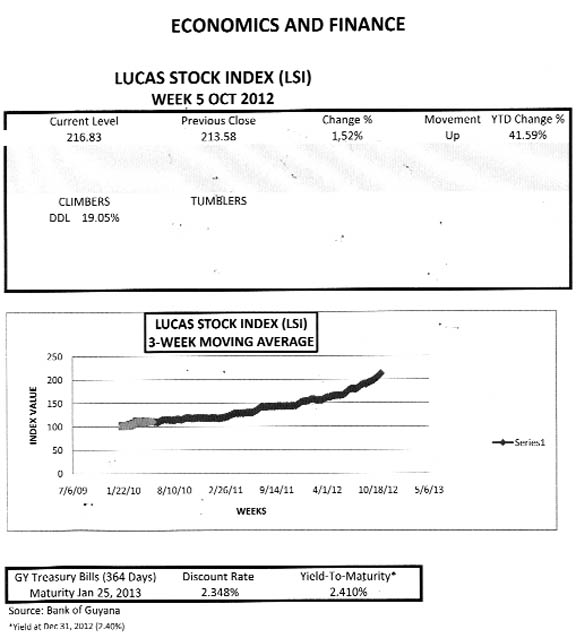Historic development
The global financial crisis which hit the world four years ago continues to produce aftershocks which are altering the global economic and financial formations. One such post-crisis event, which has been building for some time now, is the slow but steady acceptance of the renminbi, China’s currency, as a unit of account or reference currency in international trade. In what appears as a methodical step-by-step approach to making its currency an international one, China successfully has elevated the status of its currency above that of the US dollar and the Euro in East Asia and even in other parts of the world as one that provides exchange-rate stability. In a recently released paper entitled “The Renminbi Bloc is Here: Asia Down, Rest of the World to Go?”, the authors, Arvind Subramanian and Martin Kessler of the Peterson Institute for International Economics, disclosed that the renminbi was now the dominant currency in East Asia.
Described as a “historic development” in the paper, the authors further point out that far more countries, 34 as against 14 for the dollar and 19 for the Euro, have aligned their currencies with the renminbi within the last four years. It leaves one to wonder where next the China effect will appear. This article does not seek to

